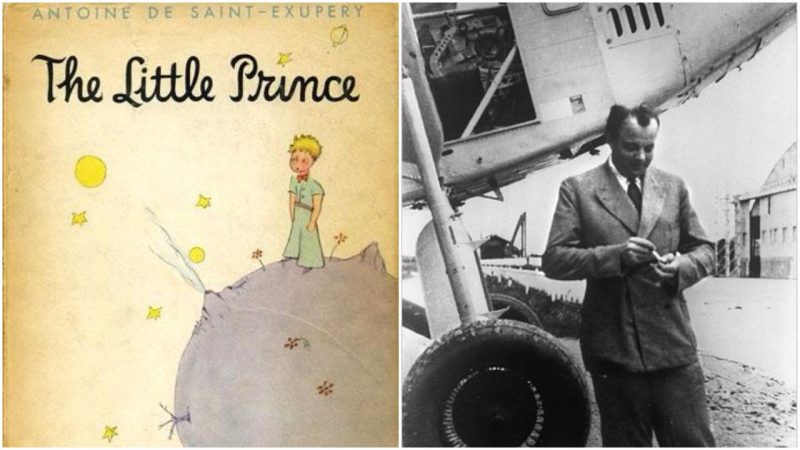Antoine de Saint-Exupery was a French writer who is famous for his children’s novella “The Little Prince”. “The Little Prince” is nowadays regarded as one of the most influential tales of all time; its allegorical content is timeless and remains appealing to both children and adults.
De Saint-Exupery is remembered as a philanthropist and a wordsmith; his main occupation was aviation. Before the World War II he flew planes for commercial airlines and competed in air races, and during the war, he flew reconnaissance missions for the Free French Air Force in North Africa. He was already in his forties when he joined the Free French Air Force and excelled as a wartime pilot even though he was considered too old.
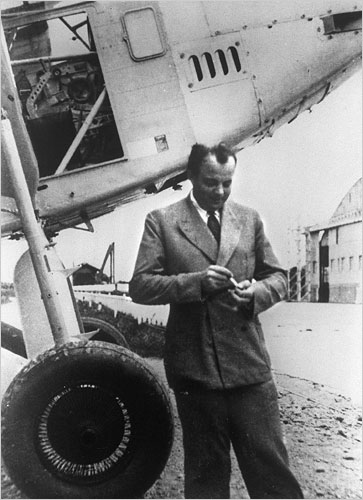
His career in aviation inspired many of de Saint-Exupery’s writings, and the plot of “The Little Prince” was partly inspired by the crash which the writer miraculously survived.
On December 30th de Saint-Exupery and his navigator crashed in the Libyan desert during their attempt to break the Paris-Saigon air race record.
They both survived the crash, but they were left stranded in the desert with only a small amount of food and almost no water.
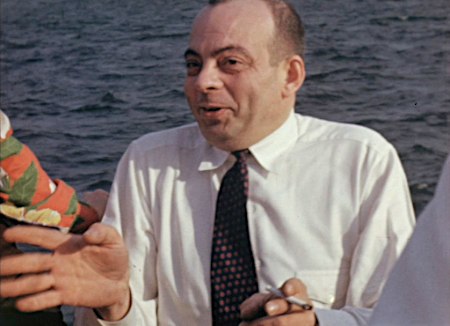
They wandered around the desert for four days and nearly died of dehydration until they accidentally stumbled upon a Bedouin who gave them water and transported them to safety.
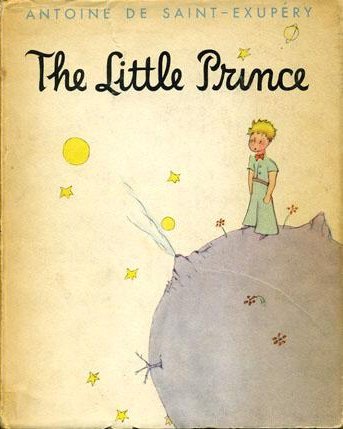
Before they encountered the Bedouin, they started experiencing severe hallucinations as a result of dehydration. At first, the hallucinations were faint and only auditory, but they both soon started seeing mirages and experiencing detailed visual hallucinations.
De Saint-Exupery extensively wrote about this experience in his acclaimed memoir “Wind, Sand, and Stars,” published in 1939, but he also used the same experience as an inspiration for his best-known work, “The Little Prince.”
“The Little Prince” begins with a pilot stranded in the desert after a plane crash, and the evolving narrative features several themes that developed from de Saint-Exupery’s hallucinations.
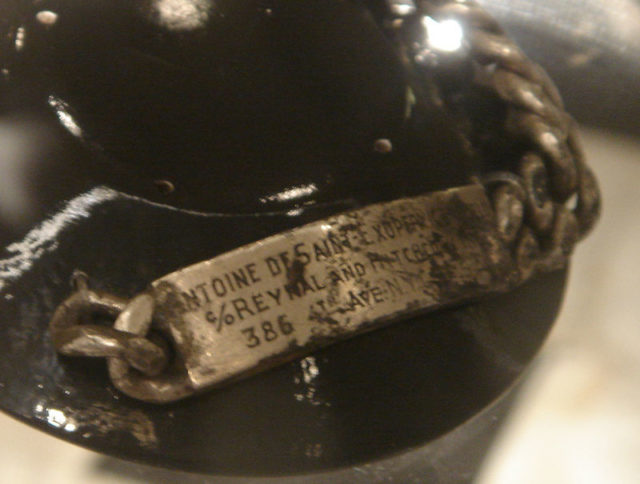
De Saint-Exupery’s plane disappeared over the Mediterranean sea during his ninth reconnaissance mission on July 31, 1944, and he is presumed dead ever since. Although his body was never found, a fisherman found his silver identity bracelet in the sea near Marseille in 1998.
Two years later an amateur diver stumbled upon the wreckage of a plane which matched the description of de Saint-Exupery’s long lost reconnaissance plane, and the French authorities recovered the plane in 2003. They discovered that it was indeed his plane and that his body probably disintegrated among the waves decades earlier.
